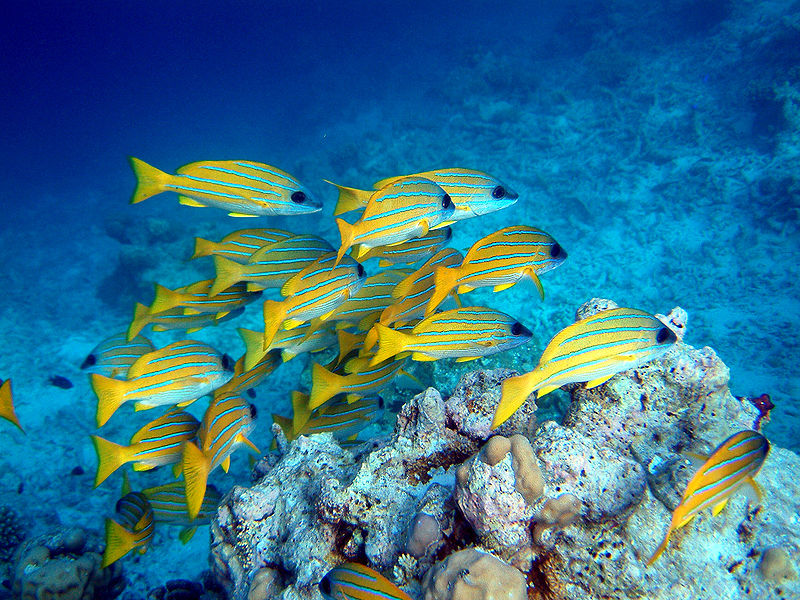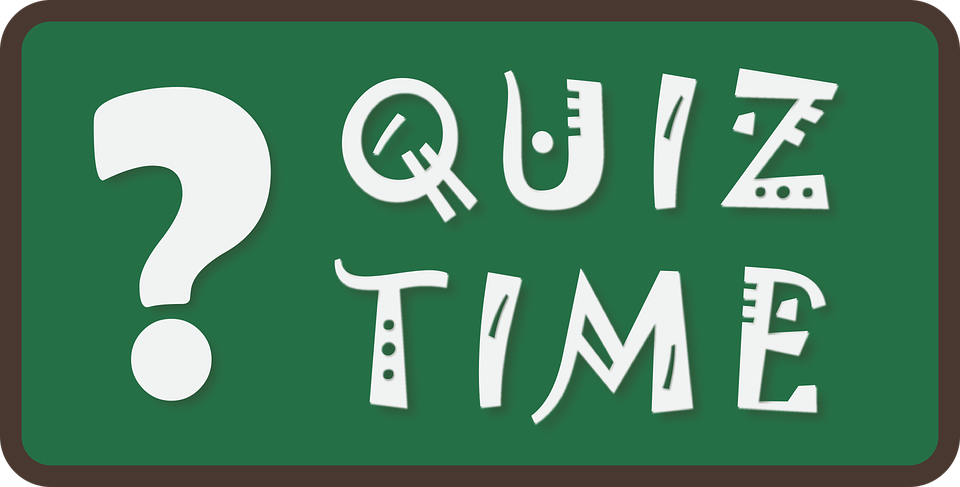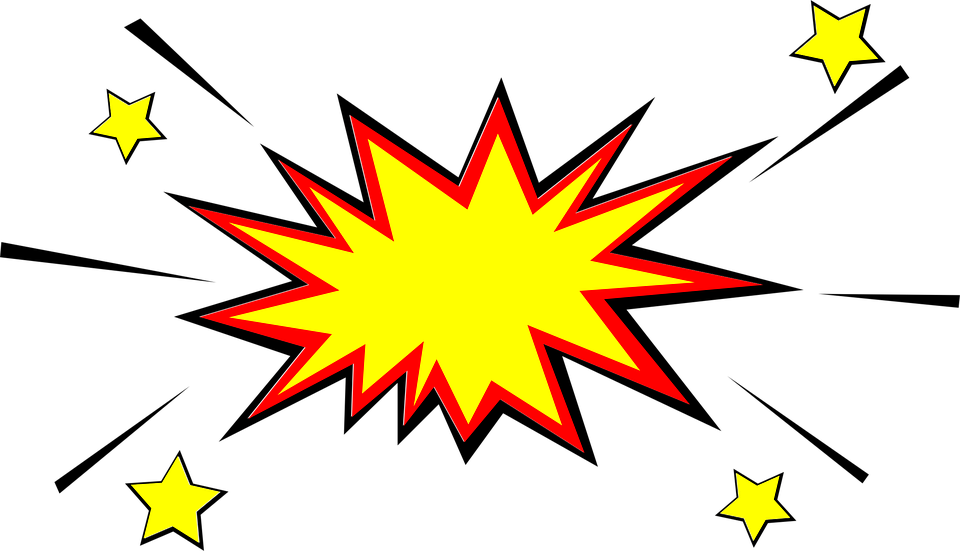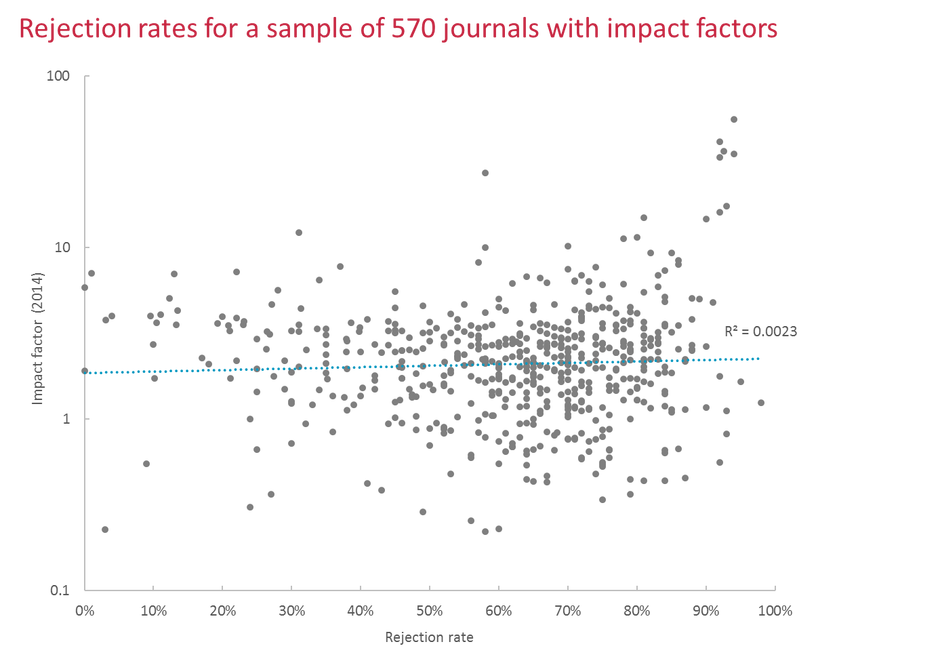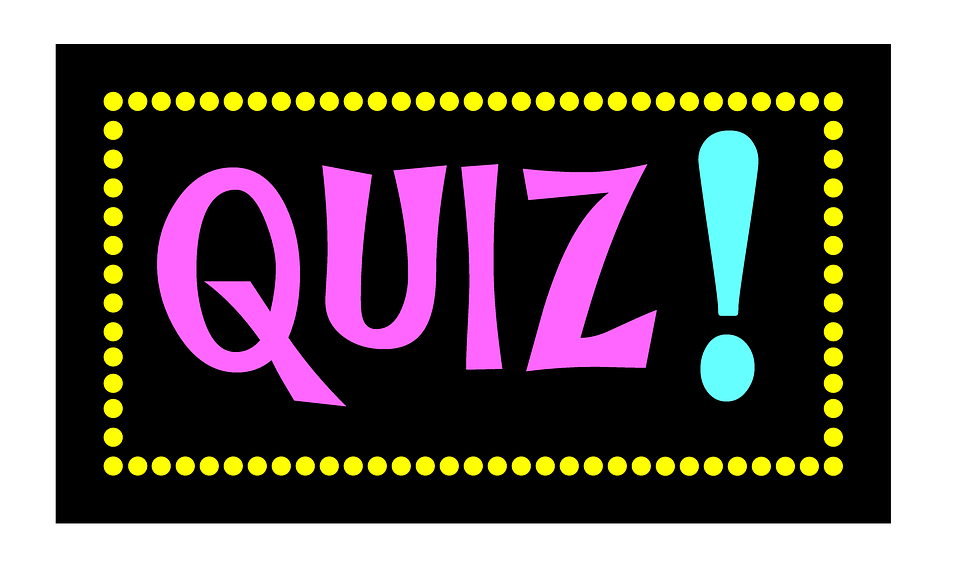When you’re in the midst of writing your thesis or dissertation, it can seem to be an interminable process of reading, writing, being minutely critiqued, editing, and rewriting to perfect the work. But, the truth is that these mammoth works do come to their ends, leaving you to experience the sadness and emptiness of NOT working on your study. You might ask yourself, what am I to do next? How do I fill these empty hours that I used to spend on statistical analysis, trying to correctly capture the nuanced meanings of those p-values that I labored to arrive at? What do I do with my evenings now that I’ve fully synthesized and critically analyzed every corner of the literature on my beloved topic? Help me!
This is the dissertation or thesis equivalent of the “empty nest” syndrome, and we can definitely help with this! Maybe you have a few ideas on ways to spend your time following the finalization of your graduate research. Perhaps you’re thinking that spending your time on less stressful and challenging pursuits might be a nice remedy for your current state of emotional and cognitive fatigue. There might be something to this, so let’s go over some suggested activities that would be less stressful than completing your dissertation. You could:
- Drive out to the beach and count all the grains of sand.
- Write a broadway-esque musical about t-tests.
- Develop a line of fashion accessories for cats.
- Adapt your thesis or dissertation for publication in a peer-reviewed journal.
Hmm…well, counting grains of sand might be calming in a kind of meditative way, and t-tests do have a sort of simple, lyrical elegance that might make for a very moving musical. You would have an audience full of weeping statisticians, to be sure. And, little shiny silver hoop earrings on the tips of cats’ ears? What’s not to love?
But, building from your huge investment in your thesis or dissertation by developing a publication career would definitely be an excellent way of moving forward from this work in a meaningful way. Seeing your name in print in a peer-reviewed journal would definitely help to bring meaning and purpose to this journey you’ve just completed, and this also has the added benefit of getting your findings our into the conversation amongst your fellow researchers! That’s pretty cool.
From your work to develop your literature review in your thesis or dissertation, you definitely came to be familiar with a multitude of peer-reviewed journals. This might leave you wondering, where do I start in my search for a journal that’s right for my own study? This is an excellent question, and taking the time to carefully and mindfully select a journal that is a good fit for your specific study is very wise! Submitting to a journal that is not a great fit is a huge waste of time, as you’ll be immediately rejected. This is painful and discouraging, so let’s discuss how to avoid that.
Getting Started: Bringing Together a Collection of Possible Journals
There are so many peer-reviewed journals in the sea, and finding the right one for your study will definitely require some time and effort. It’s best to start with a large collection of possibilities, and then you can narrow down your potential targets until you decide on your #1 choice. So, how do you do this? Let’s go over a handful of approaches:
- Good old-fashioned internet search: Use search terms that map onto your overall focus and discipline to search for peer-reviewed journals in your field. For example, if you did your dissertation on leadership style, organizational commitment, and organizational performance, it could help to search on journals in fields including human resources management, business leadership, and leadership and management. You might try “human resources journals” or “business leadership peer-reviewed journals” to start putting a list together.
- Look at lists of journals in databases: Although you might be more accustomed to searching for specific research articles in databases (i.e., PsycINFO, Academic Search Premier) by using search terms and limits, many library interfaces and research databases also offer the choice of looking through specific peer-reviewed journals. You can use this resource to add to your list of possible journals.
- Database search to locate articles on similar topic and method: You certainly have loads of experience by now searching out individual articles that relate to your topic, and you can use these as a means of adding to your list of possible publication targets for your own study. Look for those articles that seem similar to your in topic, focus, and/or method, and note those journals as possibilities. For example, if you used qualitative analysis in your study, you might want to look for journals in your field that prioritize qualitative research.
- Check out the references lists of those articles: Then, have a look at the references cited within those articles, as you might find a few more journals in your field that the previous means of searching did turn up.
Narrowing Down Your Possible Journals: Peer-Reviewed
Now you have a great big list of possible journals for your dissertation or thesis study, and how exciting is that? But, you clearly need a system to help you sort through these possibilities to arrive at your #1 choice for your submission. So, the first big thing to check out is whether the journal is peer-reviewed or not. What’s peer-reviewed mean? This:
Peer-reviewed (refereed or scholarly) journals – Articles are written by experts and are reviewed by several other experts in the field before the article is published in the journal in order to insure the article’s quality. (The article is more likely to be scientifically valid, reach reasonable conclusions, etc.) In most cases the reviewers do not know who the author of the article is, so that the article succeeds or fails on its own merit, not the reputation of the expert. (Angelo State University, n.d.)
The peer review process does make it more difficult to get your work into print, because other researchers review your work and in some cases pick it apart (memories of your thesis or dissertation coming back to you, perhaps?) and stipulate editing and revisions to address shortcomings they perceive. But, it’s worth the trouble to submit to a peer-reviewed journal because these are considered the keepers of Knowledge with a capital K. Only when a study has been determined sufficiently rigorous through the peer review can it be OK’d for publication, and the fact that your work sits in a peer-reviewed context will convey to other researchers that your work is of high quality and is worthy of inclusion in their own knowledge or evidence base. That’s exciting!
Narrowing Down Your Possible Journals: Impact Factor
The impact factor is another consideration that might help you pick out a target journal for your adapted dissertation or thesis manuscripts. Maybe you’ve heard of the impact factor, but aren’t really sure what this means. Well, because you obviously love school so much, here’s a quiz!
Question: IMPACT FACTOR is:
a. A new competitive reality show about bumper car drivers
b. Kim and Kanye’s youngest kid
c. An incisive blog written by some guy about some stuff
d. An indicator of a journal’s prestige or recognition in the field
Yes! You guessed it! It’s Kim and Kanye’s youngest child’s name! I guess they wanted to be creative this time. Or, if reality is more to your liking, impact factor actually refers to how often articles in a particular journal are cited in other articles. Here’s a more specific definition that is certain to appeal to the statistician in you:
Impact Factor – What is it? Why use it?
The impact factor (IF) is a measure of the frequency with which the average article in a journal has been cited in a particular year. It is used to measure the importance or rank of a journal by calculating the times it’s articles are cited.
How is Impact Factor Calculated?
The calculation is based on a two-year period and involves dividing the number of times articles were cited by the number of articles that are citable.
Calculation of 2010 IF of a journal:
A = the number of times articles published in 2008 and 2009 were cited by indexed journals during 2010.
B = the total number of “citable items” published in 2008 and 2009.
A/B = 2010 impact factor. (University of Illinois-Chicago, 2018)
Gripping, isn’t it? Like, even more exciting than doing all that APA editing for your dissertation! Yes, your inner statistician is now saying, “Tell me more!” OK, how about we look at some examples of impact factors for actual journals? The Royal Society of Chemistry (2018) shared this list of 2017 impact factors for journals in different branches of the sciences. Check out the variation in impact factors for these journals in chemistry and biology interface!
| Chemistry and Biology Interface | ||
|---|---|---|
| Journal title | Impact factor | 5-yr impact factor |
| Key titles | ||
| Organic & Biomolecular Chemistry | 3.423 | 3.138 |
| Metallomics | 4.069 | 4.079 |
| Molecular Omics | Not Available | Not Available |
| Toxicology Research | 1.890 | 2.316 |
| Natural Product Reports (NPR) | 11.406 | 10.801 |
| Photochemical & Photobiological Sciences | 2.902 | 2.581 |
| Food & Function | 3.289 | 3.685 |
| Other relevant titles | Chemical Science | 9.063 | 8.757 |
| Biomaterials Science | 5.831 | 5.109 |
| Lab on a Chip | 5.995 | 6.283 |
| Molecular Systems Design & Engineering | Not Available | Not Available |
| Journal of Materials Chemistry B | 4.776 | 4.959 |
Notice how these range pretty broadly across different journals within the same general field of research. For example, we have a 1.890 for Toxicology Research and 11.406 for Natural Product Reports. This is quite a difference, and what is suggested here is that if the articles in a particular journal are being cited a lot more frequently than others, this indicates a much wider readership and higher quality research as well. For this reason, many researchers aim to publish in journals with the highest impact factors possible, but along with this aim is the possibility of encountering greater competition for your own manuscript.
Journals only have so much room for publications, which limits the number of manuscripts they can approve for publication in every issue. So, if more researchers are competing for publication space in higher impact factor journals, this means you might run into stiffer competition and run a higher risk of rejection for your own submission. But, is this actually a valid concern? Some researchers have found evidence to dismiss this longstanding belief about impact factor journal competitiveness and rejection rates.
Selecting for impact: new data debunks old beliefs
Posted on December 21, 2015 in Open Science and Peer Review, Top News
One of the strongest beliefs in scholarly publishing is that journals seeking a high impact factor (IF) should be highly selective, accepting only papers predicted to become highly significant and novel, and hence likely to attract a large number of citations. The result is that so-called top journals reject as many of 90-95% of the manuscripts they receive, forcing the authors of these papers to resubmit in more “specialized,” lower impact factor journals where they may find a more receptive home.
Unfortunately, most of the 20,000 or so journals in the scholarly publishing world follow their example. All of which raises the question: does the strategy work? There is evidence that proves it doesn’t.
In Figure 1, we plotted the impact factors of 570 randomly selected journals indexed in the 2014 Journal Citation Reports (Thomson Reuters, 2015), against their publicly stated rejection rates.
As you can see, Figure 1 shows there is absolutely no correlation between rejection rates and impact factor (r2 = 0.0023; we assume the sample of 570 journals is sufficiently random to represent the full dataset, given that it spans across fields and publishers). In fact, many journals with high rejection rates have low impact factors and many journals with low rejection rates have impact factors that are higher than the bulk of journals with rejection rates of 70-80%. Clearly, selecting “winners” is hard and the belief that obtaining a high impact factor simply requires high rejection rates is false. (Frontiers Blog, 2015)
This does certainly lead one to question that assumption that high impact factor journals are harder to get into, and so if the high-profile, high-prestige journal is what you’re after, then definitely go for it!
Narrowing Down Your Possible Journals: Journal Framing
Now that you have a list of sufficiently scholarly journals in your field, with or without consideration for their impact factors, you’ll want to carry out the final stage of the selection process. This involves picking out the journal that most closely matches your own dissertation or thesis study’s framing, method, and topic.
It will definitely help to recognize that there are many different underlying frameworks or specialties that are important for various journals, and you should definitely check into these priorities for each journal when picking out your #1 choice for submission. Knowing if a journal prefers studies that use statistical analysis or qualitative research and analysis will be super important in selecting your journal.
For example, let’s say that you conducted your dissertation or thesis research within the field of psychology. You probably know that there is a huge variety of sub-disciplines in psychology, and the American Psychological Association actually lists 54 different divisions. These range from clinical and counseling psychology to behavior analysis to branches of psychological applicable within educational contexts. So, obviously, you’ll need to pick out journals that match your own particular branch of psychology to make sure your manuscript survives the initial editor screen that precedes the peer review process. Looking at the scope and aims statements on different journals’ websites does help to learn what types of studies they prioritize.
For example, let’s imagine that your dissertation research was a case study that used both statistical and qualitative analysis (in other words, mixed methods), and that you completed your study to learn about participants’ experiences with nutrition-based treatment for depression and anxiety after they decided to stop taking pharmaceutical medications for such conditions. That would be a great study! You would definitely have to share the findings of this study with the psychology community, but what would be the best fit for this? Again, we love our quizzes, so let’s do another.
Question: You’ve completed a mixed methods case study to examine adults’ outcomes with nutrition-based treatment of anxiety and depression following discontinuation of pharmaceutical treatment for these conditions. Review the aims and scope statements of these journals in psychology. Which of these journals do you think would be the best fit for your study, and why?
a. Health Psychology Journal: Health Psychology is a scholarly journal devoted to understanding the scientific relations among psychological factors, behavior and physical health and illness. Health Psychology is the official scientific publication of Division 38 (Health Psychology) of the American Psychological Association (APA). The readership is broad with respect to discipline, background, interests, and specializations. The main emphasis of the journal is on original research, integrative theoretical review papers, meta-analyses, treatment outcome trials, and brief scientific reports. Scholarly case studies, commentaries and letters to the editor will also be considered. Papers should have significant theoretical or practical importance for understanding relations among behavior, psychosocial factors, and physical health, as well as their application. All papers should emphasize, whenever possible, the translation of scientific findings into practice and policy. (Society for Health Psychology, 2018)
b. Journal of Clinical Psychology: Founded in 1945, the Journal of Clinical Psychology is a peer-reviewed forum devoted to research, assessment, and practice. Published eight times a year, the Journal includes research studies; articles on contemporary professional issues, single case research; brief reports (including dissertations in brief); notes from the field; and news and notes. In addition to papers on psychopathology, psychodiagnostics, and the psychotherapeutic process, the journal welcomes articles focusing on psychotherapy effectiveness research, psychological assessment and treatment matching, clinical outcomes, clinical health psychology, and behavioral medicine. From time to time, the Journal publishes Special Sections, featuring a selection of articles related to a single particularly timely or important theme; individuals interested in Guest Editing a Special Section are encouraged to contact the Editors. (Wiley Online Library, 2018)
c. Assessment: Assessment (ASM) focuses on applied clinical assessment, with an emphasis on information relevant to the use of assessment measures, including test development, validation, and interpretation practices. Articles cover the assessment of cognitive and neuropsychological functioning, personality, and psychopathology, as well as empirical assessment of clinically relevant phenomena, such as behaviors, personality characteristics, and diagnoses. (Sage Journals, 2018)
Let’s think through these options. First of all, the third choice, Assessment, only seems to match your dissertation focus tangentially. I mean, I’m sure in the quantitative portion of your study, you completed an assessment and statistical analysis of depression and anxiety scores, but this wasn’t really central to your study, was it? This was just a means of generating data that you could integrate with the findings of your qualitative analysis to develop a full picture of your participants’ treatment experiences and outcomes. The editors at Assessment would likely just look at the title of your manuscript, and send you the standard issue rejection letter.
So, let’s look at the other two choices, which were Health Psychology and Journal of Clinical Psychology. The first choice, Health Psychology, seems to be a great match for your topic. In your dissertation you essentially looked at how diet and mental health intersect in ways that might help people with depression and anxiety, which is central to the focus of this journal as conveyed through the segment that reads, “understanding the scientific relations among psychological factors, behavior and physical health.” Your scholarly case study will be considered an acceptable approach, and your work will have clear implications for practice, which means that you fit their requirements well!
Notice that Journal of Clinical Psychology also accepts “clinical health psychology” studies, but you’ll note that this is just one type of study that this journal publishes. Technically, you could publish your dissertation research in either journal depending on how you conduct editing and shaping of your topic, but you might think about the fact that health psychology is a particular niche in psychological research, which might make that first journal a more attractive choice for a couple of reasons. For one, its focus is very specific and coincides with your own dissertation or thesis topic. Also, if you published in Health Psychology this would help to get your work into the hands of fellow health psychologists who might integrate your findings into their own research and practice.
You might also just have a personal opinion that health psychology is really awesome, that it is the future of clinical psychology. This is why you went into this branch of psychology in the first place. This kind of personal preference might be what ultimately helps you pick your #1 choice, and that’s great. Provided that all else is equal in your journal options, it’s totally OK to pick the journal that is cooler than all the others! And, it will make it that much more rewarding to add this publication to your CV—good luck!
References
- American Psychological Association. (2018). Divisions. Retrieved from http://www.apa.org/about/division/index.aspx
- Angelo State University. (n.d). Library guides. How to recognize peer-reviewed (refereed) journals. Retrieved from https://www.angelo.edu/services/library/handouts/peerrev.php
- Frontiers Blog. (2015). Selecting for impact: New data debunks old beliefs. Retrieved from https://blog.frontiersin.org/2015/12/21/4782/
- Royal Society of Chemistry. (2018). 2017 journal impact factors. Retrieved from http://www.rsc.org/journals-books-databases/about-journals/impact-factor/
- Sage Journals. (2018). Assessment. Retrieved from http://journals.sagepub.com/home/asm
- Society for Health Psychology. (2018). Health psychology journal. Retrieved from https://societyforhealthpsychology.org/resources/publications/health-psychology-journal/
- University of Illinois-Chicago. (2018). Measuring your impact: Impact factor, citation analysis, and other metrics: Journal impact factor (IF). Retrieved from https://researchguides.uic.edu/if/impact
- Wiley Online Library. (2018). Journal of clinical psychology. Retrieved from https://onlinelibrary.wiley.com/journal/10974679


